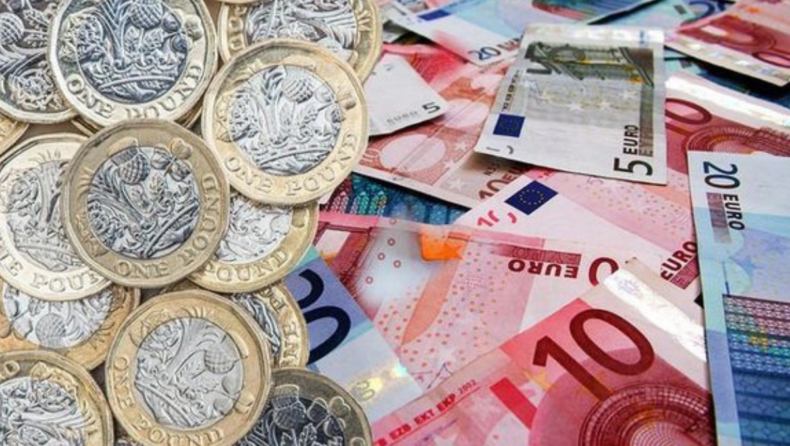The euro has reached parity with the U.S. dollar for the first time in more than two decades, after seeing a quick and severe decline this year.
The euro has had a quick and severe decline this year, and it has now, for the first time in more than twenty years, breached a significant threshold. The 12 percent decrease is the consequence of numerous forces, including the conflict in Ukraine, an energy crisis, and the rising possibility that Russia would halt gas shipments and drive the eurozone into recession. Some experts believe that parity may not be the conclusion, but rather a stepping stone to further depreciation since central banks are operating at widely different paces and the dollar is in high demand.
On Wednesday, the currency fell as much as 0.4%, reaching a low of $0.9998. The most recent leg down occurred after US inflation rose more than anticipated in June, increasing wagers on Federal Reserve rate rises. As of 14:10 GMT in London, it has rebounded to trade at about $1.002.
“A breach of parity may have been delayed by market players trying to prevent a sea of options being triggered below that level,” said Jane Foley, director of FX strategy at Rabobank in London. “However, it is not impossible to see a scenario in which the euro may fall lower,” she said. This relies heavily on the gas supply from Russia into Germany and whether there will be winter rationing.
While the ECB could hike more aggressively to buoy the euro now — a rationale Governing Council member Robert Holzmann has used to justify a half-point rise — its agency may be limited by the darker economic outlook. In a Bloomberg survey this month, economists put the risk of a euro-area recession at 45%, up from 30% in June.
Given that the euro traded for close to $1.15 in February, the fall has been quite quick. It is even more astounding considering that less than two years ago, ECB officials were afraid that a too strong euro might cause inflation to undershoot. Now they are confronted with a new world: a significant decline in their currency and soaring consumer costs.
The euro’s decline this year is just one aspect of the global dollar’s supremacy. This year, the U.S. dollar has been favored as a safe-haven investment, aided by rising US interest rates, and there has been concern that the surge may at some time prompt global regulators to act to weaken it.













